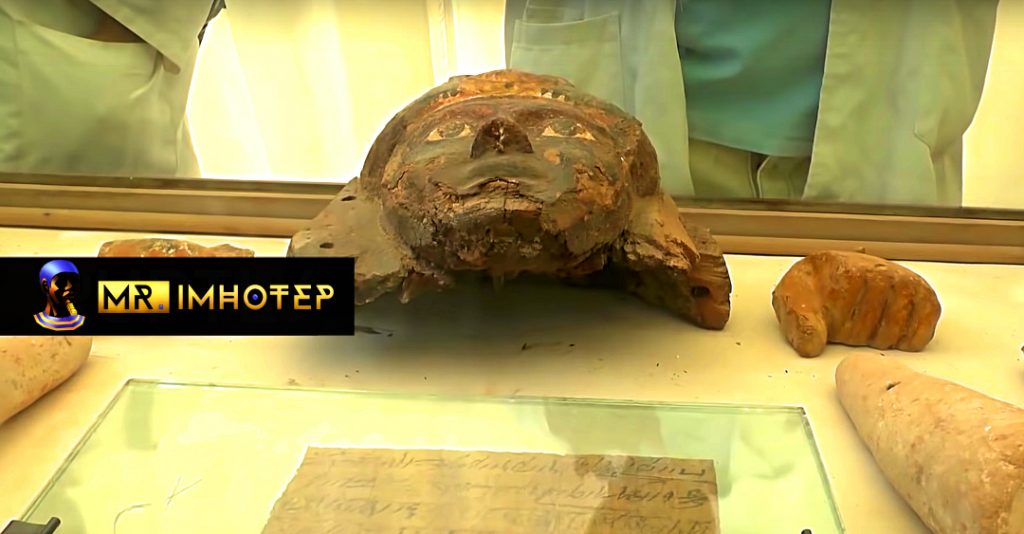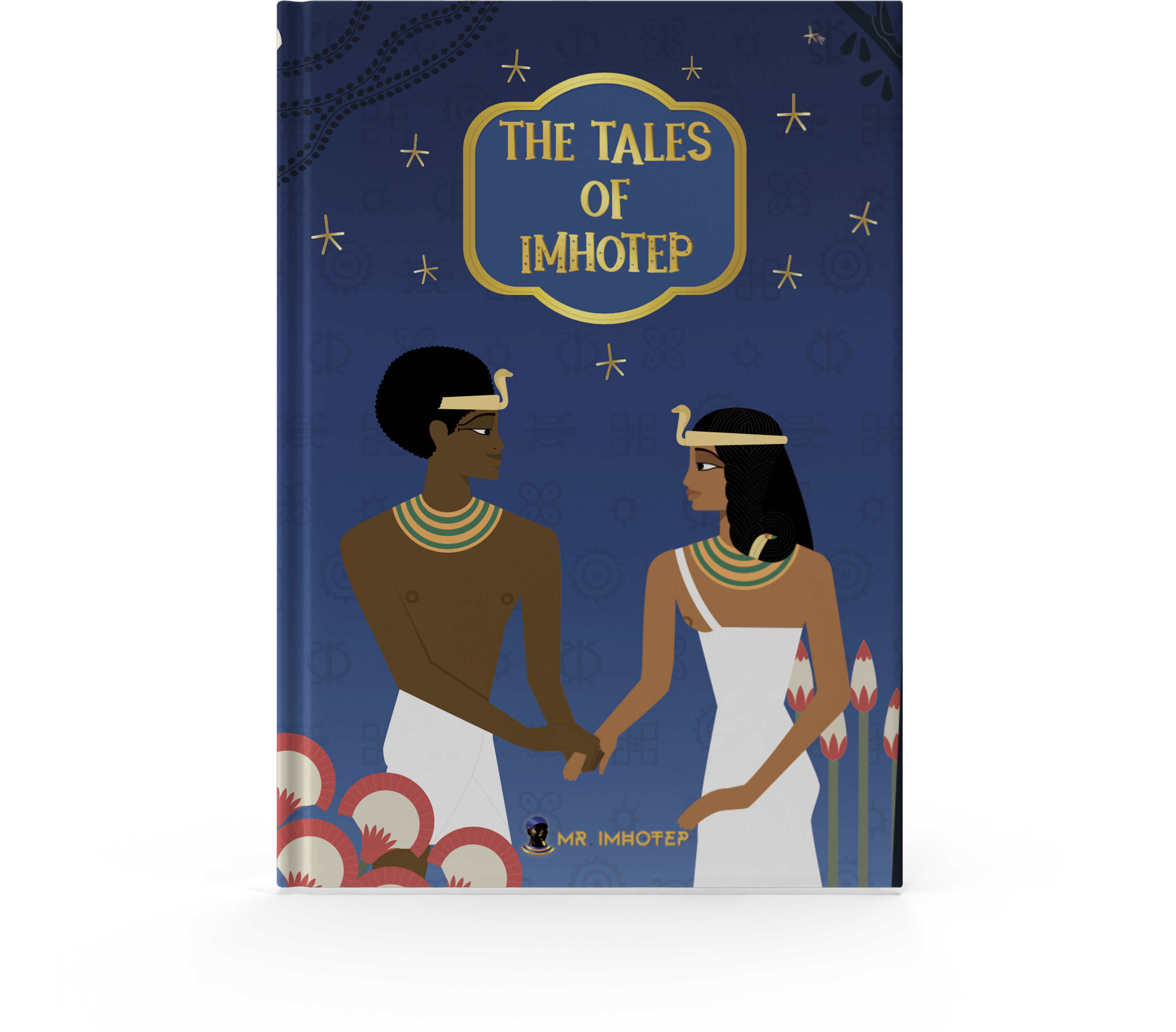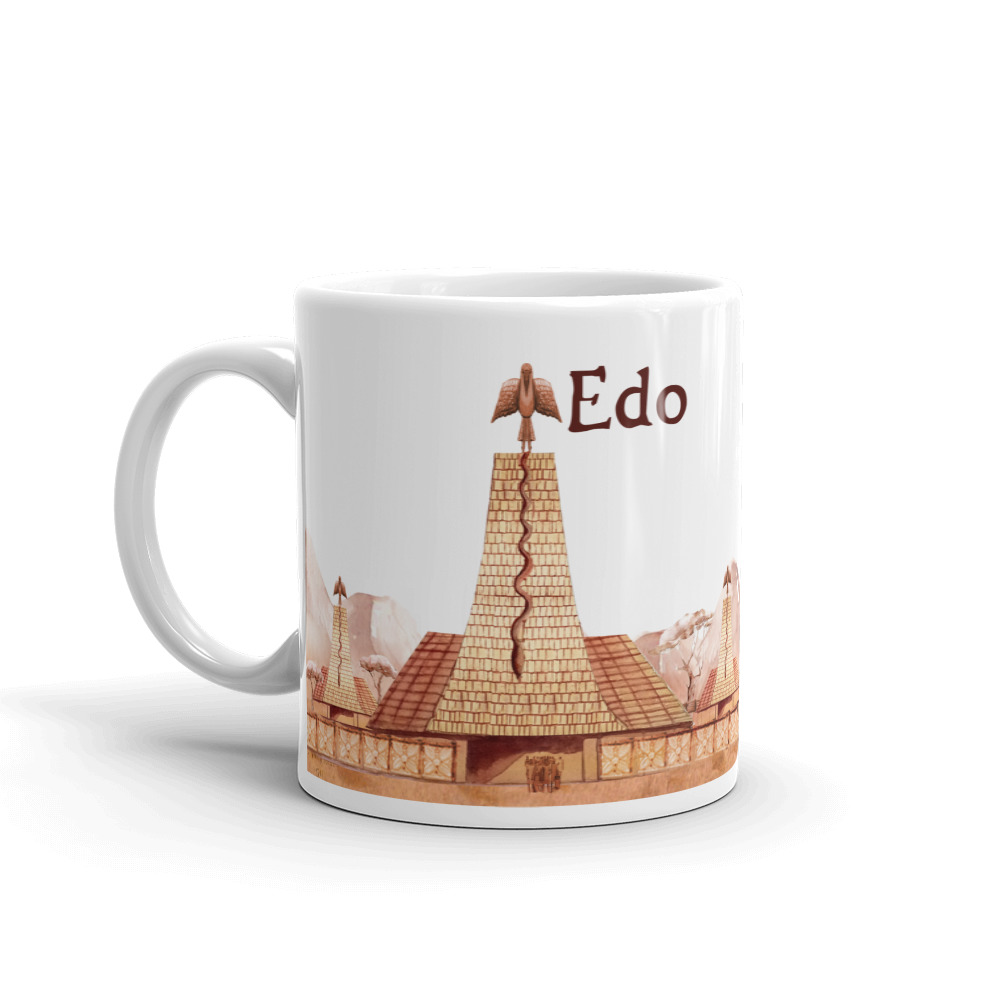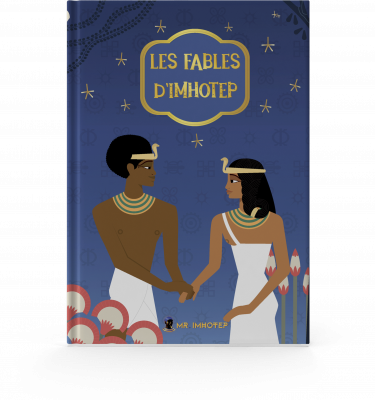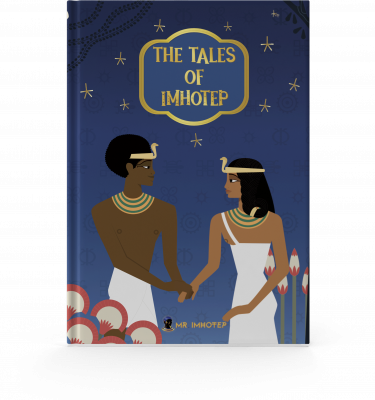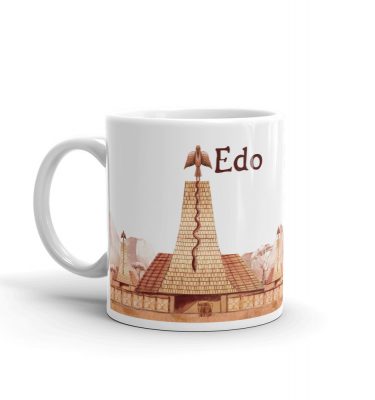A tomb belonging to a soldier called Djehuty Shed Sou has been discovered in Dra’ Abu el-Naga, a site located on the West Bank of Luxor city the ancient Thebes, the historical and religious capital of Kemet in Upper Kemet. The information has been announced by the Minister of Antiquities Khaled el Anani. According to the minister, it is the biggest rock-cut tomb to be unearthed in the ancient city of Thebes.
Most people in charge, like Moustafa Waziri who is the Secretary General of the Supreme Council of Antiquities in Egypt, said that it is an important discovery. Especially because it changes the historical and archaeological map of Dra’ Abul el-Naga necropolis, the site where have been discovered the tomb. The team discovered the tomb after removing the debris that accumulated as a result of successive foreign excavations more than 200 years ago.
During the excavation, they came across a complete compartment made of adobe with its well inside the courtyard of the cemetery. The members of the team believe that it probably dates back to the period of the Ramesses.
They added that six other tombs have been discovered underneath the courtyard, noting that one of them belongs to the king’s scribe. A group of Ushabti statues made of blue faience and wood has also been unearthed, as well as an assembled mask made of cartonnage and more than 50 funeral seals of persons whose tombs are yet to be discovered.
They also made other interesting discoveries. One of them is an intact papyrus paper wrapped in linen that includes Hieratic script, but the team also discovered a Ptolemaic coin made of bronze and dates back to the era of King Ptolemy II.
The archaeologists also found the heads of some Canopian vessels made of limestone and having the shape of a monkey, which stands for God Hapi, one of the four sons of Horus.
The name and titles of the owner of that tomb, Djehuty Shed Sou, were written at the entrance of the tomb. One such title is a holder of the seal of the king of Upper Kemet. German archaeologist Frederica Kampp, the go-to person for tomb registration, said a 55-meter-wide courtyard leads to the tomb, which has 18 entrances. It is thus the first tomb discovered in Thebes necropolis to have such a big number of entrances, Kampp noted. The tomb has two 11-meter-deep wells to its northern and southern corners, she added.
Kampp made it clear that the graveyard dates back to the 17th Dynasty and was re-used in the early 18th Dynasty until the era of Queen Hatshepsut.

